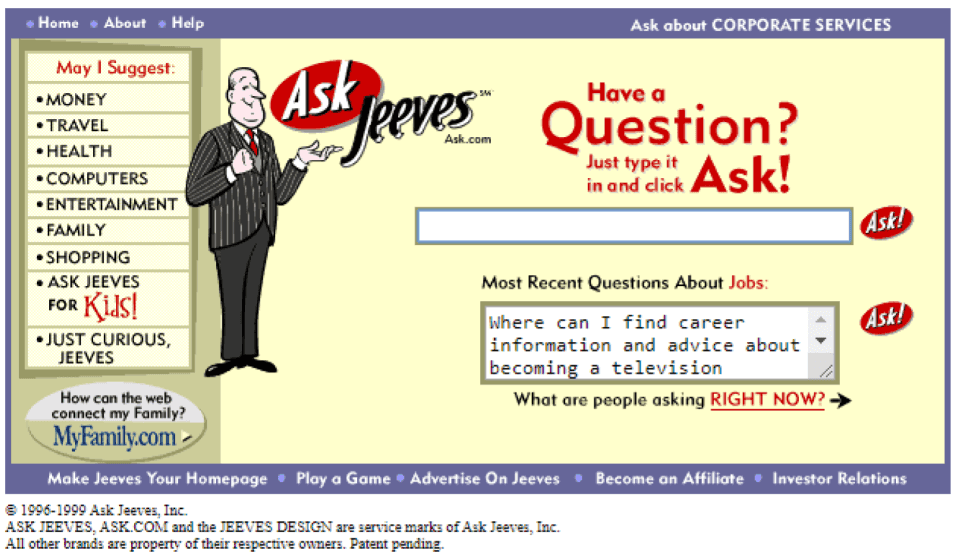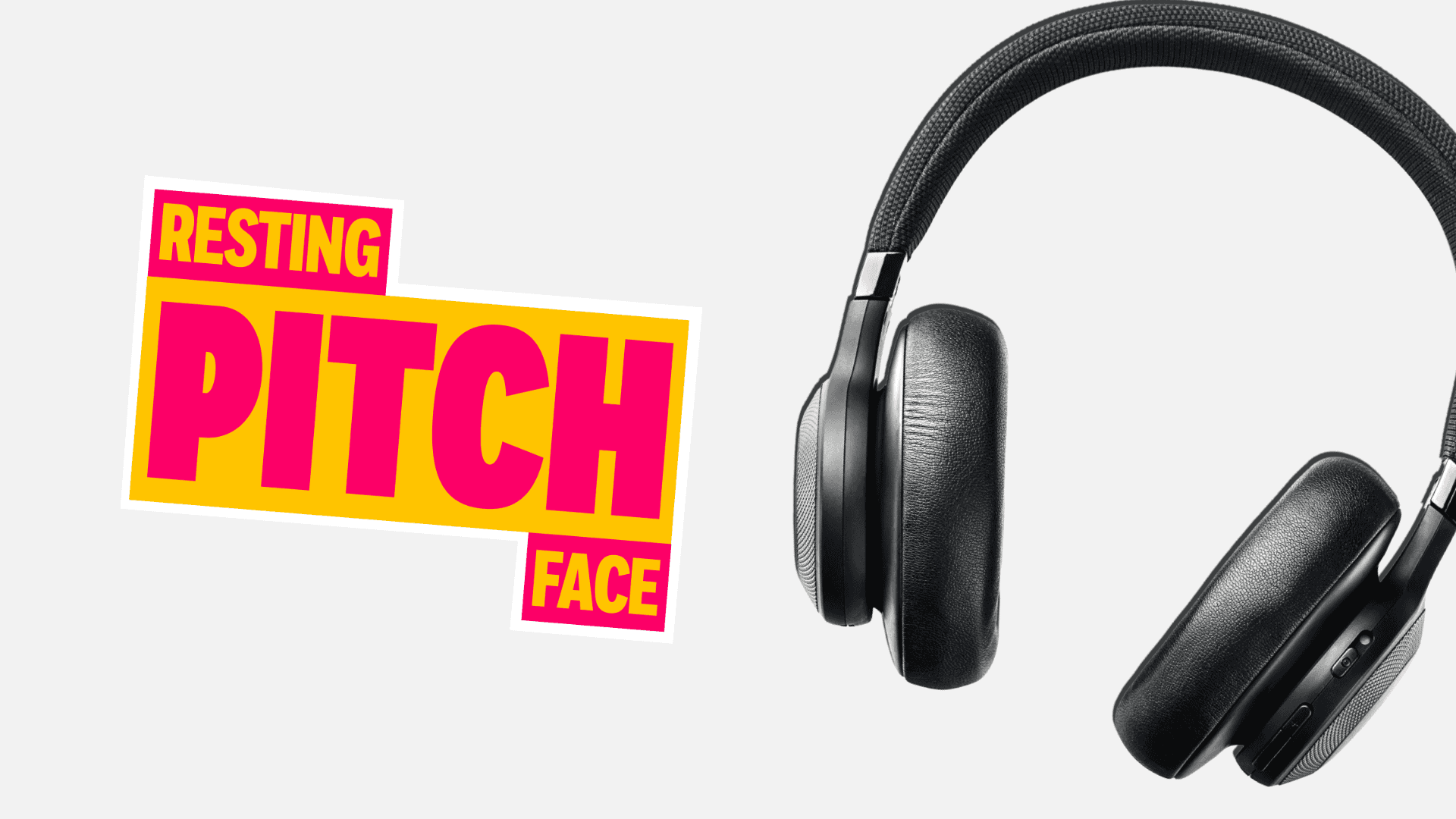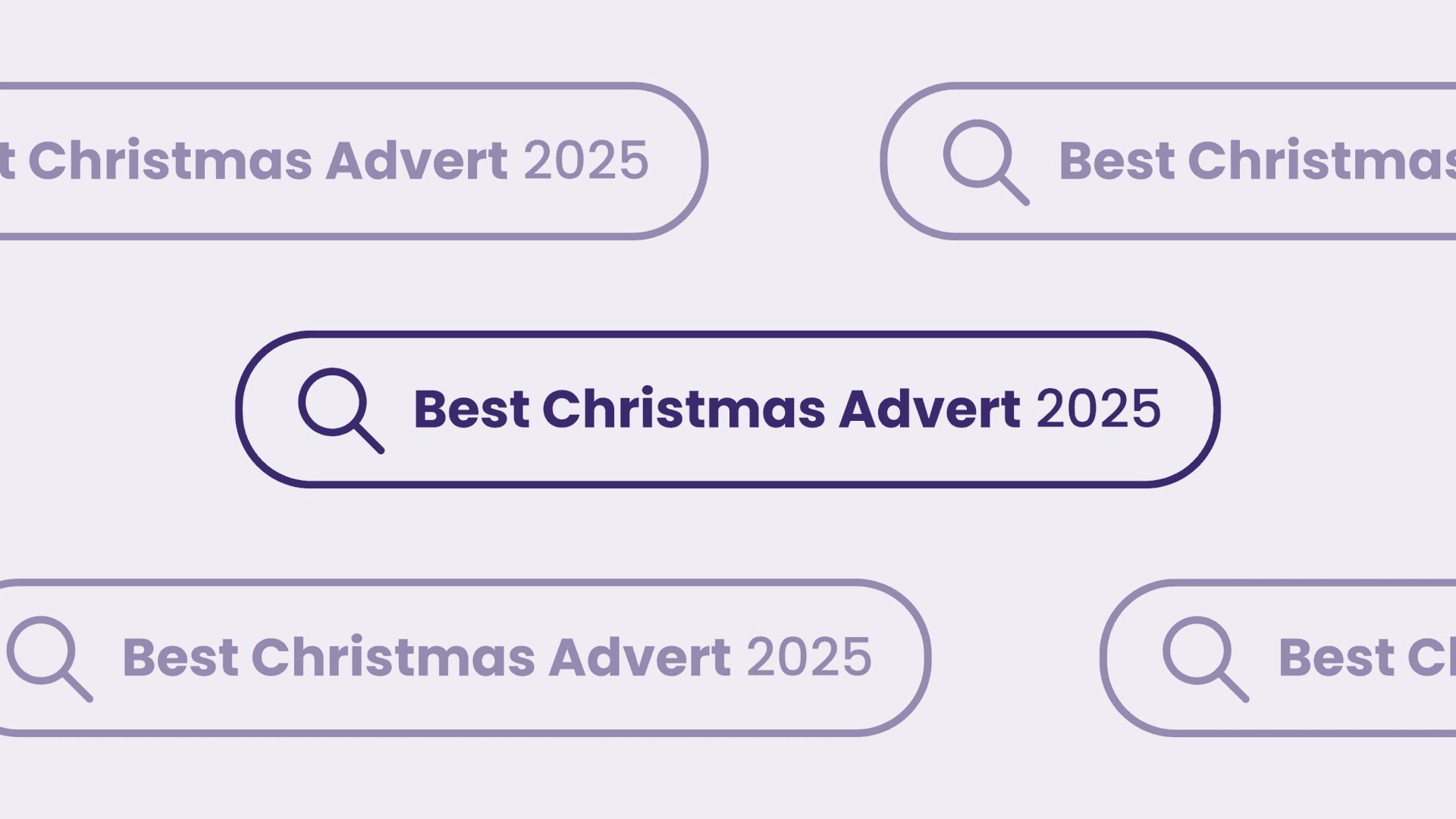
EEAT: From concept to content improvement engine
Written by Sam
By now, everyone in digital marketing should know what EEAT is: experience, expertise, authority and trust.
Together, Google says the four concepts form a template for how they rate the quality of sites and their content, and how beneficial they are to users.
However, putting the concept into practice to win over users, beat competitors and ascend to SEO nirvana can be a bit of a mare. This is a concept defined by Google, so naturally, it’s presented in a way that’s open to interpretation. And the legwork involved in bringing a site up to scratch can then be long and complex, going way beyond copywriting.
I believe in building a beneficial web – everyone in digital should – so here’s what EEAT really is, how important it is, and how to get the concept working for the benefit of your users, site and business.
What is EEAT and why does it matter?
Together, experience, expertise, authority, and trust form a set of criteria used by Google’s army of Quality Raters. These living, breathing humans (Google hires up to 100,000 each time it releases a core update) assess the quality of content appearing in the search results in the turbulent wake of algorithm updates.
Technically, EEAT is not a proper Google ranking factor in terms of a single, clearly measurable metric. Instead, it covers a long list of things which users value and look for, and thereby impact rankings on a secondary level (if we’re being honest though, there’s probably some crossover with the 200 or so ranking factors Google looks for).
The term has been around since 2014, when Google added it to its Search Quality Rater Guidelines, first released the previous year. The intro to the rules states that ‘…search results should help people. Search results should provide authoritative and trustworthy information, not lead people astray with misleading content.’
This thinking helps form the guiding principle of EEAT (and Google more generally).
Dotted throughout the guidelines are references to why EEAT matters. The importance of the content and creator displaying first-hand or life experience of the topic. A need for the creator to be an expert in what they’re talking about. For the site and content creator to have a high reputation. And the content, site and business to instill trust in the user.

In 2018, the Medic core algorithm update thrust the tenets of EEAT into the limelight. This era-ushering update had a significant effect on YMYL site rankings (your money or your life – insurance, health, finance, etc.), which Google quite rightly believed had a responsibility to provide trustworthy information.
Since then, we’ve all seen the effects spread outwards and affect practically all types of business. Updates since 2018 have merely built on Medic and EEAT. And that’s because the foundational concepts of EEAT are way older – just one more reason why it’s utterly critical business owners care about it.
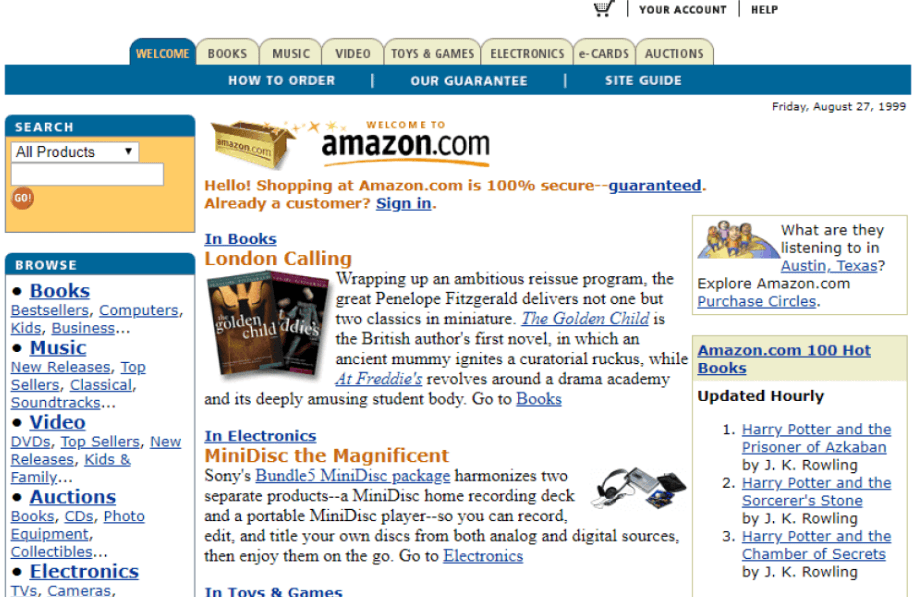
Amazon, circa 1999 – even back then we can see plenty of EEAT features
EEAT prehistory: Credibility has always mattered
It’s easy to forget that, even as recently as the late noughties, the act of buying things online or even merely visiting a website could be fraught with peril.
Information typically had to be taken at face value, safe payment systems didn’t exist, and antivirus was either useless or expensive. Credibility was all too often tied to brand presence – a problem for innovators and competitors.
In 2002, Stanford University’s Persuasive Technology Lab (slightly ominous name…) brought together research from as early as 1999 on the topic of online credibility.
Researchers wanted to better understand how the 38 million or so websites that comprised the net (up 3,005.3% today to 1.13 billion) could build credibility and earn users’ trust. The result was the Stanford Guidelines for Web Credibility:
Make it easy to verify the accuracy of the information on your site.
Show that there’s a real organisation behind your site.
Highlight the expertise in your organisation and the services you provide.
Show that honest and trustworthy people stand behind your site.
Make it easy to contact you.
Design your site so it looks professional (or is appropriate for your purpose).
Make your site easy to use – and useful.
Update your site’s content often (at least show it’s been reviewed recently).
Use restraint with any promotional content (e.g., ads, offers).
Avoid errors of all types, no matter how small they seem.
Even back then, pages awash with gaudy flash animations and alarmingly liberal use of Comic Sans, these ten factors clearly set out how sites could become more trusted by users.
All still reign true. But as users have become savvier and the means of implementing them have become more complicated (or were nebulous to begin with), countless websites and businesses have failed to keep up.
how to use EEAT to improve your content
The process of making EEAT work for your business and its content mirrors the changes go-getting content teams have adopted over the past decade or so. Namely, the move away from it being a purely creative, qualitative discipline to one that isn’t afraid of utilising data and quantitative analysis.
In essence, you need to approach your content more as a tech SEO than a copywriter:
1. Turn the qualitative into quantitative
Google’s own guidelines describe EEAT through long-form copy and sparse examples. Assessing and comparing content with these is time-consuming and invites bias and mistakes.
To analyse EEAT more smartly, go through the guidelines and split out each aspect of EEAT into its own clearly defined metric.
The result is a long list of metrics against which you can quickly, confidently and accurately audit a piece of content.
2. Differentiate your metrics
It’s crucial to note that, while EEAT affects practically every site, what it looks like in practice can differ between industries.
For instance, a landing page for a loan provider can benefit from the service process being shown in a top-level, step-by-step way. Large sums of money are being exchanged so it’s crucial to put the user at ease and let them know what’s going to happen at each stage of the process.
A fashion retailer’s page is unlikely to benefit from the same sort of content. Users already know what to expect as most ecomms sites work the same way and they’ve bought thousands of things over the internet already. And regardless, they’re buying a £15 top they’ll probably return anyway. Put some top-level returns info on the product pages instead.
3. Understand your place within the competitive pack
Your competitors are invaluable in helping you understand what users want and how the best sites are meeting their needs.
By comparing their content against yours using your audit metrics, you can find out whether your content is lagging or glowing against the baseline for your industry.
From there, you have a launchpad to leapfrog competitors using your knowledge of best practices and imagination. How can you help users by doing more, differently?

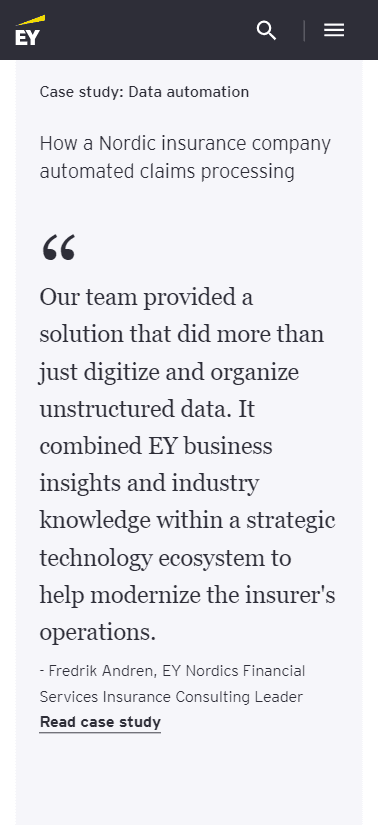
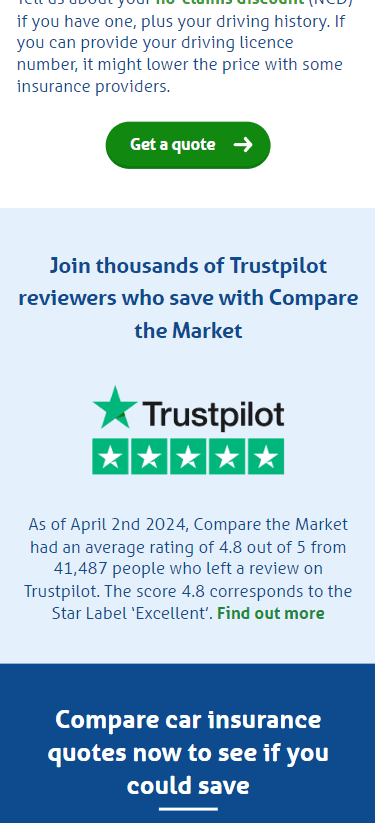
4. Get a list of prioritised actions
Using your analysis, convert your audit findings into clear actions. If you’ve split your EEAT factors clearly, you should get a list of tasks, clearly defined and easy to brief in to whoever builds the page template.
5. Ensure actions can be replicated across different page types
Most sites feature several categories of pages – landing pages, product category pages, product pages, blogs. While individual pages will need tweaking according to their audience and place in the buyer journey, EEAT actions can be replicated across pages with a similar purpose and layout to save time.
6. Improve EEAT – tying in your activity with other branches of SEO
EEAT is not the sole responsibility of the content team. Aspects of it need the input and attention of PR, tech SEO, and dev experts, so have a huddle and you’ll tick off your EEAT actions much faster.
